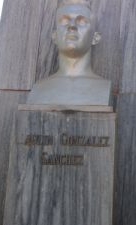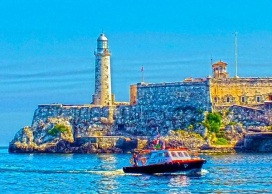
Havana ephemeris. September 2.
1922. The Havana Symphony Orchestra is founded.
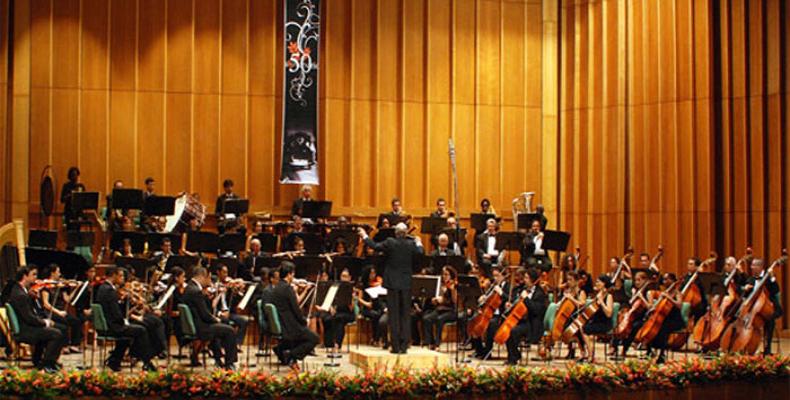
This prestigious group constitutes the antecedent of the current National Symphony Orchestra. It was created at the initiative of the prestigious Cuban musicians and composers Ernesto Lecuona and Gonzalo Roig, respectively.
He performed his first concert on October 29 of that year at the National Theater in the Cuban capital. Despite the fact that it did not have the necessary resources for its proper maintenance and development, this orchestra remained in operation for 20 years and premiered hundreds of works by Cuban and foreign creators in the many presentations it made.
1946. Orlando Martínez Romero was born in the area of Juanelo, San Miguel del Padrón, Havana.

He was an outstanding Cuban boxer, the first Olympic champion after 1959, when he won the gold medal in the 54 kilograms at the Olympic Games in Munich, Germany, in 1972.
Nicknamed Zurdo de Juanelo, he was 3 times champion of the “Giraldo Córdova Cardín” International Tournament. He won the first national sash in 1964.
His death occurred in Havana on September 21, 2021.
1958. The Fulgencio Batista dictatorship assassinates the young Cuban revolutionary Raúl González Sánchez in Havana.
Known as Raulín, he was a student at the Faculty of Stomatology in Havana. In his revolutionary work, he spared no effort in the fight against Batista's tyranny, even giving his life for his principles. In honor of his memory, the Faculty of Stomatology of the University of Havana bears his name.
His birth took place in the province of Matanzas on November 22, 1934.
1960. The First General Assembly of the People of Cuba was held in the then Civic Plaza, today José Martí Revolution Square, in Havana.

In this meeting, the First Declaration of Havana was approved, a document in which a series of transcendental aspects were detailed. At the moment that Commander in Chief Fidel Castro put the text read by him to a vote, the million Cubans who were in the Plaza approved it and showed their decision to defend the Revolution.
1976. The Higher Institute of Medical Sciences is established in Havana.
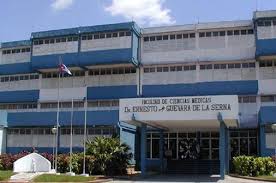
Thousands of professionals who have given their contribution to medicine both in our country and internationally have graduated from this study center.
The institution has several specialization programs, among which are basic, clinical, surgical, diagnostic, biomedical, stomatological and psychology specialties.
On May 15, 2009, the name of the Superior Institute of Medical Sciences of Havana was changed to the University Of Medical Sciences Of Havana.
1991. Sandú Darié dies in Havana.
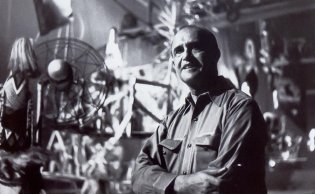
Of Romanian origin, he adopted Cuban nationality and lived and worked in the country for almost half a century.
He was a painter, sculptor, draughtsman, potter, scenic designer and caricaturist and a member of the "Ten Cuban Concrete Painters" Group. His work was prolific. For example, the environmental sculpture of the Central Palace of Pioneers Ernesto Guevara, in the Lenin Park of Havana; as well as the murals El día y La noche, installed in the lobby of the Hermanos Ameijeiras Hospital.
The column of life, in the Center for Biotechnology and Genetic Engineering, among others, is also due to his creation.
In 1989 he took on one of his last artistic projects: the setting of the Plaza Vieja in Havana, on the occasion of the closing of the FIART'89 event.
His birth occurred in Romania on April 6, 1906.
